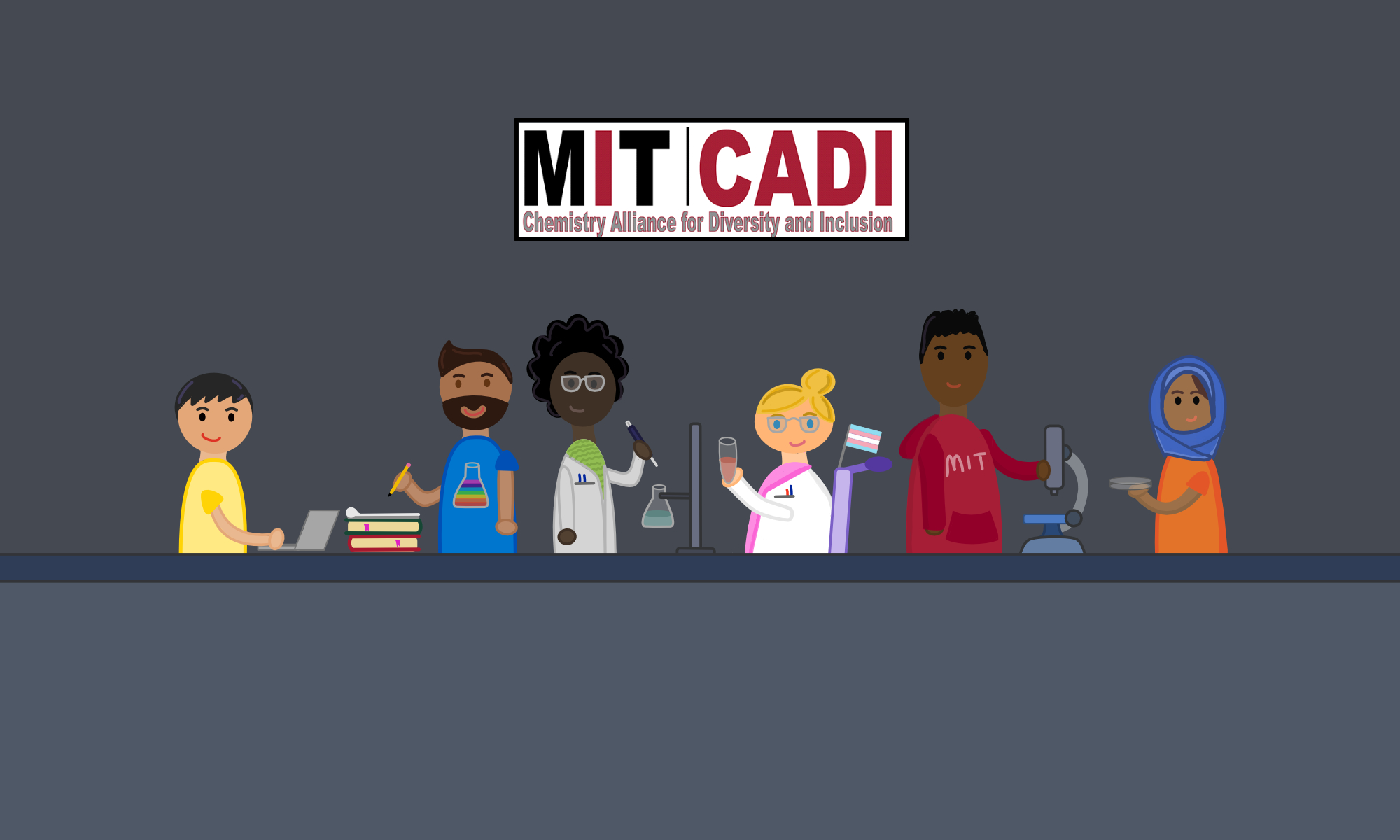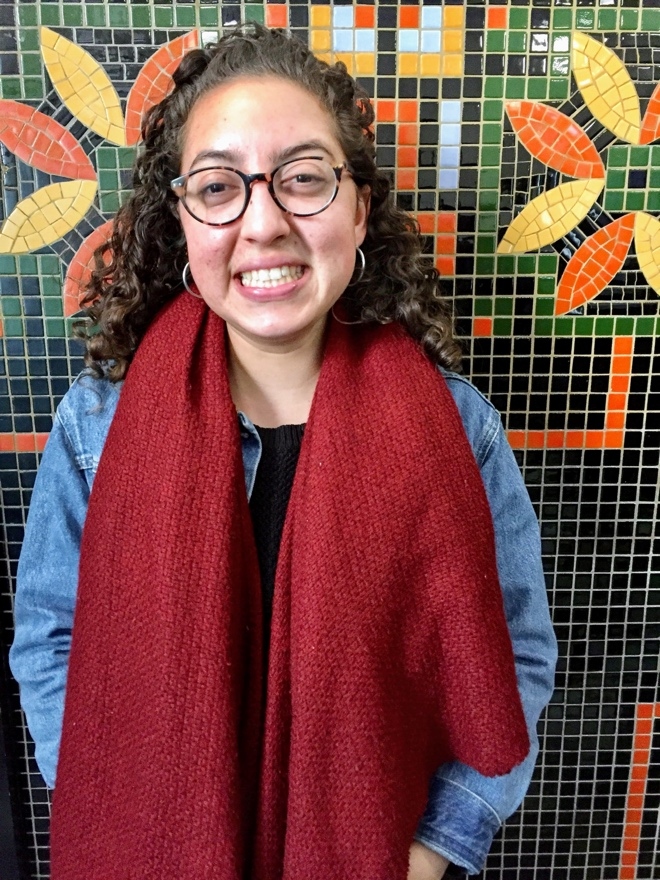Francesca Vaccaro (she/her/hers) is a 3rd year chemical biology graduate student and the co-president of CADI. She grew up in Yorba Linda, California and came to MIT in 2017 after receiving her bachelor’s degree from Loyola University, New Orleans. Francesca’s research in Professor Cathy Drennan’s group focuses on understanding the structural and molecular basis of how proteins transport, deliver, and repair metal containing cofactors to ensure the correct reactivity of various metalloenzymes.
We sat down with Francesca over Zoom this week and asked her a few questions about her choice to come to graduate school, her experience in the chemistry department, and why CADI has been so important to her.
Why did you want to get a graduate degree?
I grew up always really liking science. When I went to college, I was premed because the only people I saw that did science were doctors. But I had a really good advisor in undergrad, who realized I had the potential for a research career before I even really knew what research was.
After undergrad, I still wasn’t sure if I wanted to do graduate school, or if it was just what everyone was telling me to do, so I took a year away from science to teach kindergarten. After only a month of teaching, I missed science so much that I took the chemistry GRE and applied to grad school. I knew I had to get a PhD to do what I really wanted to do.
Why did you choose bioinorganic chemistry? The Drennan lab in particular?
My undergrad research was in computational studies (making a set of compounds to mimic DNA bases and seeing how subtle changes in structure affect crystal packing and non-covalent interactions). Every time I talked to a professor, the structural work was always the most interesting to me – I have always had an interest in what these things look like on a molecular level, that’s how I comprehend things.
I clicked with Cathy Drennan because we both really just want to see what everything looks like. Having a female PI is really important to me, because she shows me what it means to be a woman in academia and how to navigate the academic space. Ultimately joining the Drennan was a gut feeling thing, from conversations with her and people in the lab. It was a huge leap of faith, and it ended up working out really well.
Why did you decide to come to MIT?
The main draw was that I could see myself working for the most people here. A lot of the research was really cool and I felt excited about it, and there were a lot of projects and groups to pick from. I wanted to move to the east coast, and MIT definitely felt like a safe option.
What’s your favorite thing to do in Cambridge?
I truly love the Charles river esplanade. I love that I can be close to water on-campus (I grew up close to the beach, and I’ve always lived by water). Being able to run along the river is really nice (especially during the work-at-home period, the river loops are anywhere from 2 to 20 miles!).
What’s been your biggest challenge since coming to MIT?
My biggest challenge has been feeling imposter syndrome and not always feeling like whatever I’m doing is enough to be here. But I’m aware of it – I even have a poster in my room that says “you are not an imposter, you are for real.”
The biggest help here has been the community. Community makes you brave enough to do really hard things. Having moments of vulnerability about how difficult grad school can be has been really helpful. It’s been really important to have people around who can remind me that I’m not alone. That’s the PhD – you find the people who make it better and hold on for dear life.
What part of the chemistry department are you most proud of?
I want to highlight the people that have been doing really hard work to make this a better and more inclusive place for a really long time, especially all of the people who did hard work before CADI even existed.
I’m always really excited to see how people being themselves and living their identities are expanding the idea of what a chemist is. If MIT chemistry wants to be the best, that includes being the best at supporting their students and community. I think they’re making progress which is exciting.
How did you find out about CADI? Why did you join CADI?
I went to Jesús’ first introductory meeting and immediately joined the board (and recruited Tony and Dio to join with me).
I consider myself a very logistical, behind the scenes person, so I think Jesús and I complement each other very well as copresidents (he has the grand ideas and networking).
Why is CADI important to you? How has it impacted your life?
CADI has impacted my life in forming community here and helping form connections with people that I wouldn’t have met otherwise. It’s really exciting to feel like parts of my identity that aren’t always celebrated are actually acknowledged in CADI. CADI is important because it gives people a place to celebrate those identities and exist in them. You don’t have to put your identities on the backburner to be a chemistry student – you can be all of you in CADI.
What are you doing to stay sane in quarantine?
Am I sane? I haven’t really gone outside much, but I can see it through the window, at least. I think my extensive collection of plants is keeping me sane, because they just keep growing and they give me a nice set of defined tasks every day. And I’ve been connecting with people, old friends and the friends I’ve made here.
Have questions/want more CADI?
Please email the CADI board with any questions!


